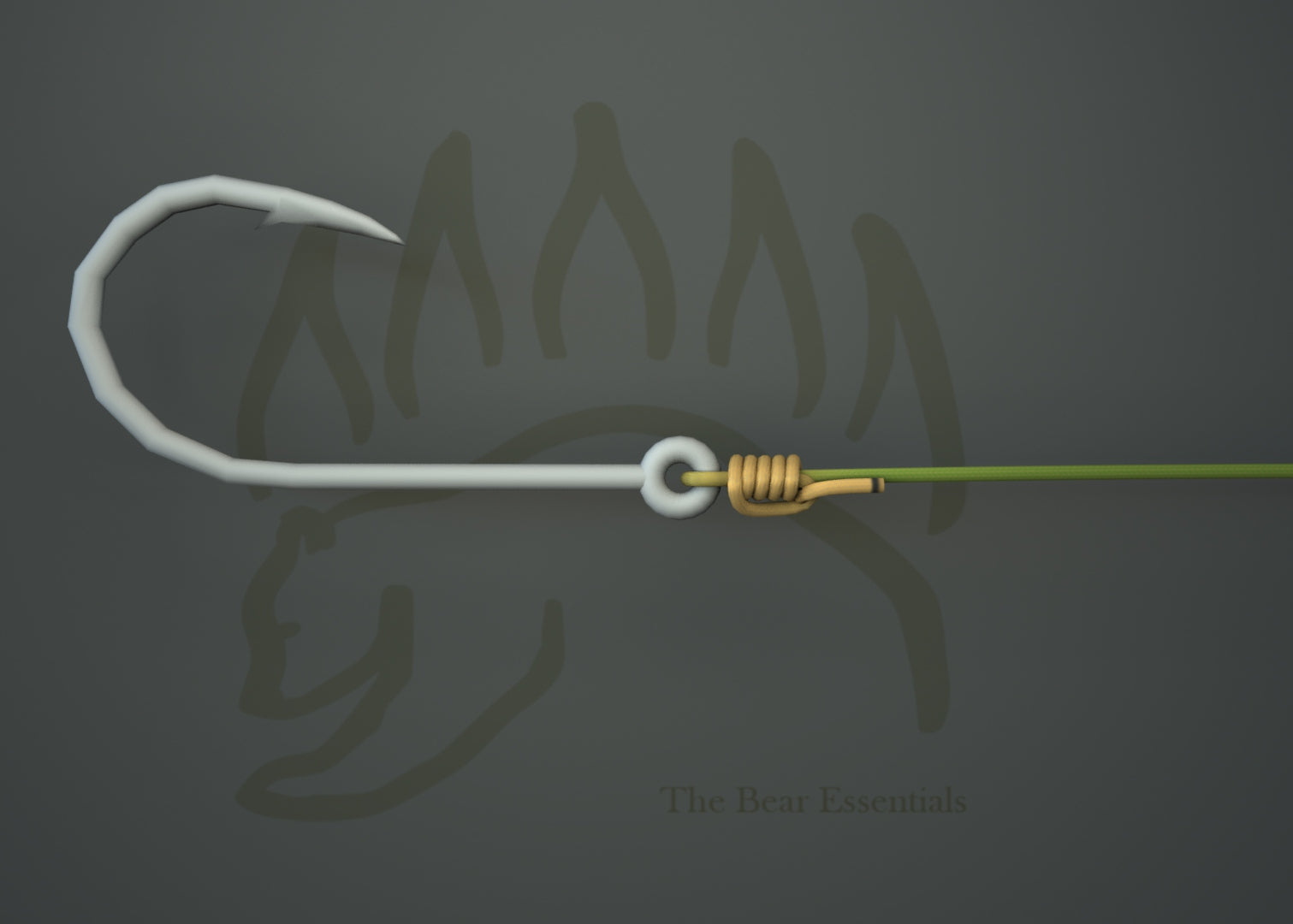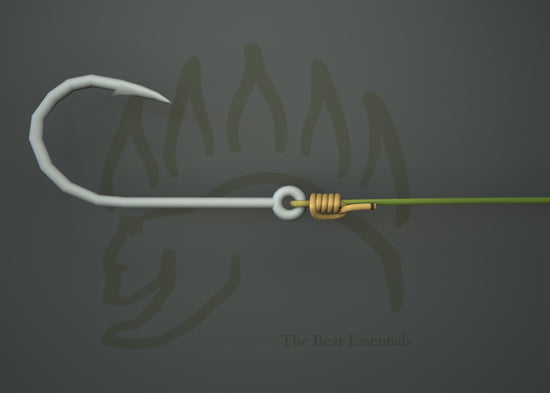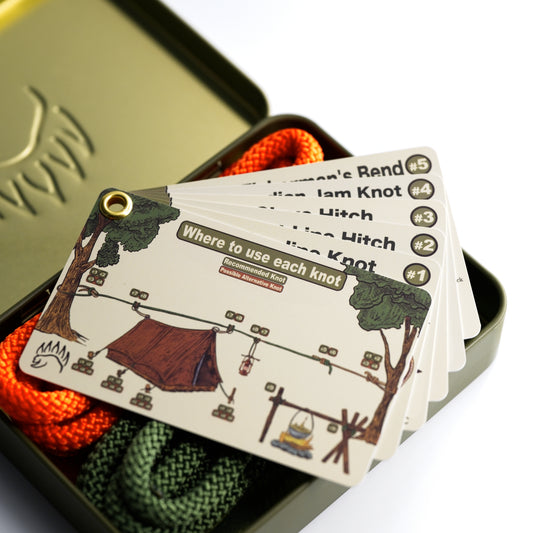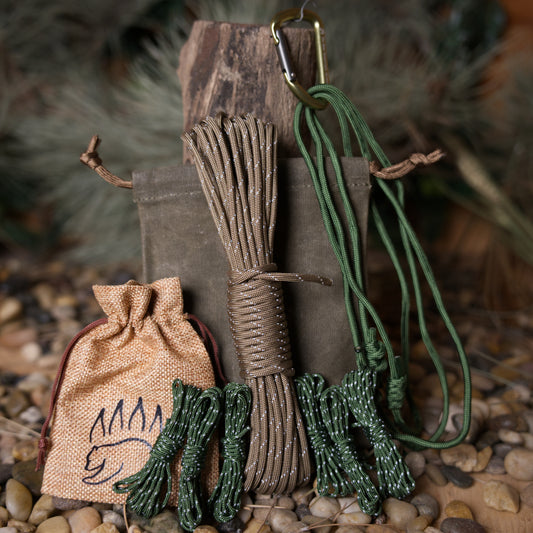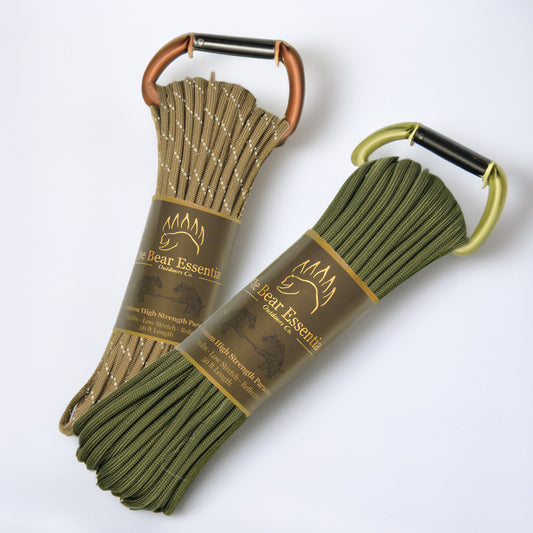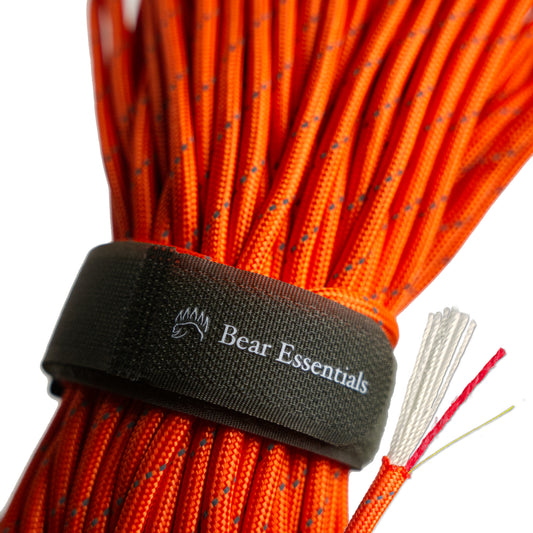How to Tie the Uni Knot
Usage
The Uni Knot is a highly versatile knot used in fishing and flyfishing to secure a line to a hook, lure, swivel, or another line, offering a strong and reliable connection. It's favored for its adaptability with various line types and its effectiveness in both terminal tackle and line-to-line joins.
Why Learn the Uni Knot?
Its adaptability makes it a go-to for various fishing needs. This knot is essential for anglers wanting a single, strong knot for multiple applications.
Common Uses
-
Fishing:
- Attaches monofilament or braided lines to hooks, lures, or swivels.
- Joins two lines for extending leaders or tippets.
-
Flyfishing:
- Ties tippets to fly hooks for secure fly presentations.
- Connects leader to tippet or line to leader in fly setups.
ABOK Number
(Ashley Book of Knots)
Other Names
Category
|
Notable Features
- High Strength: Retains nearly 90% of line strength when tied correctly.
- Versatile Use: Secures hooks, lures, swivels, or joins lines.
- Easy to Tie: Forms quickly with practice, even in tough conditions.
- Works with Braids: Effective for monofilament, fluorocarbon, and braided lines.
- Adjustable: Can be slid before tightening for precise setups.
Variations
No true variations listed in the provided data. For line-to-line joins, the Double Uni Knot (tying two Uni Knots against each other) is a common adaptation, enhancing strength for heavier lines.
Similar Knots
Improved Clinch Knot vs. Uni Knot
- Pros: Simpler and more compact for small hooks and monofilament.
- Cons: Less versatile, weaker with braided lines compared to the Uni Knot.
Palomar Knot vs. Uni Knot
- Pros: Stronger for braided lines and easier for beginners with large hooks.
- Cons: Less adaptable for line-to-line joins or fine tippets.
History
The Uni Knot, not listed in The Ashley Book of Knots, was popularized in modern fishing by Norman Duncan, after whom it’s sometimes called the Duncan Knot. Its versatility for terminal tackle and line-to-line connections made it a staple in fishing and flyfishing. Its ability to work with various line types, including braided lines, has cemented its place as a go-to knot for anglers worldwide.
Security Level
The Uni Knot provides excellent strength, retaining up to 90% of the line’s breaking strength when tied correctly with monofilament, fluorocarbon, or braided lines. It performs best with proper tightening and sufficient wraps (5–7). For critical applications or very slick lines, ensure extra wraps or consider the Double Uni Knot for line-to-line joins to maximize security.
Downsides
- Bulkier profile: Slightly larger than specialized knots like the Improved Clinch.
- Tightening sensitivity: Requires careful pulling to avoid slippage, especially with braids.
Structure
- Pass the line through the eye of the hook, lure, or swivel, leaving a 6-inch tag end.
- Double back the tag end to form a loop parallel to the standing line.
- Wrap the tag end around both the standing line and loop 5–7 times, moving toward the hook.
- Wet the knot, then pull the tag end to slide the wraps tight against the hook eye.
- Pull the standing line to fully tighten, trim the tag end, and test for security.
Pro Tip: Wet the line before tightening to reduce friction and ensure a strong knot. Use 5 wraps for thicker lines, 7 for thinner lines or fluorocarbon. Pull slowly and evenly to avoid weakening the knot.
FAQ
Is the Uni Knot strong enough for big fish?
Yes, with proper tying, it’s reliable for most fish using monofilament or braided lines.
What’s the best line for the Uni Knot?
Monofilament, fluorocarbon, or braided lines in 2–30 lb test work well.
How does the Uni Knot compare to the Palomar Knot?
The Uni is more versatile for line-to-line joins, but the Palomar is simpler for braided lines.
Can the Uni Knot be used in flyfishing?
Yes, it’s great for tying tippets to flies or joining leaders to tippets.
Why choose the Uni Knot over an Improved Clinch Knot?
It’s more adaptable for braids and line-to-line joins, though slightly bulkier.
Important Notes on Safety
Common failure points include insufficient wraps or dry tightening, which can cause slippage or weaken the knot. Always wet the knot and verify it’s secure before fishing.
Check the line for nicks or wear before tying.
Ensure 5–7 wraps and even tightening for maximum strength.
Practice in calm conditions to perfect the technique.
